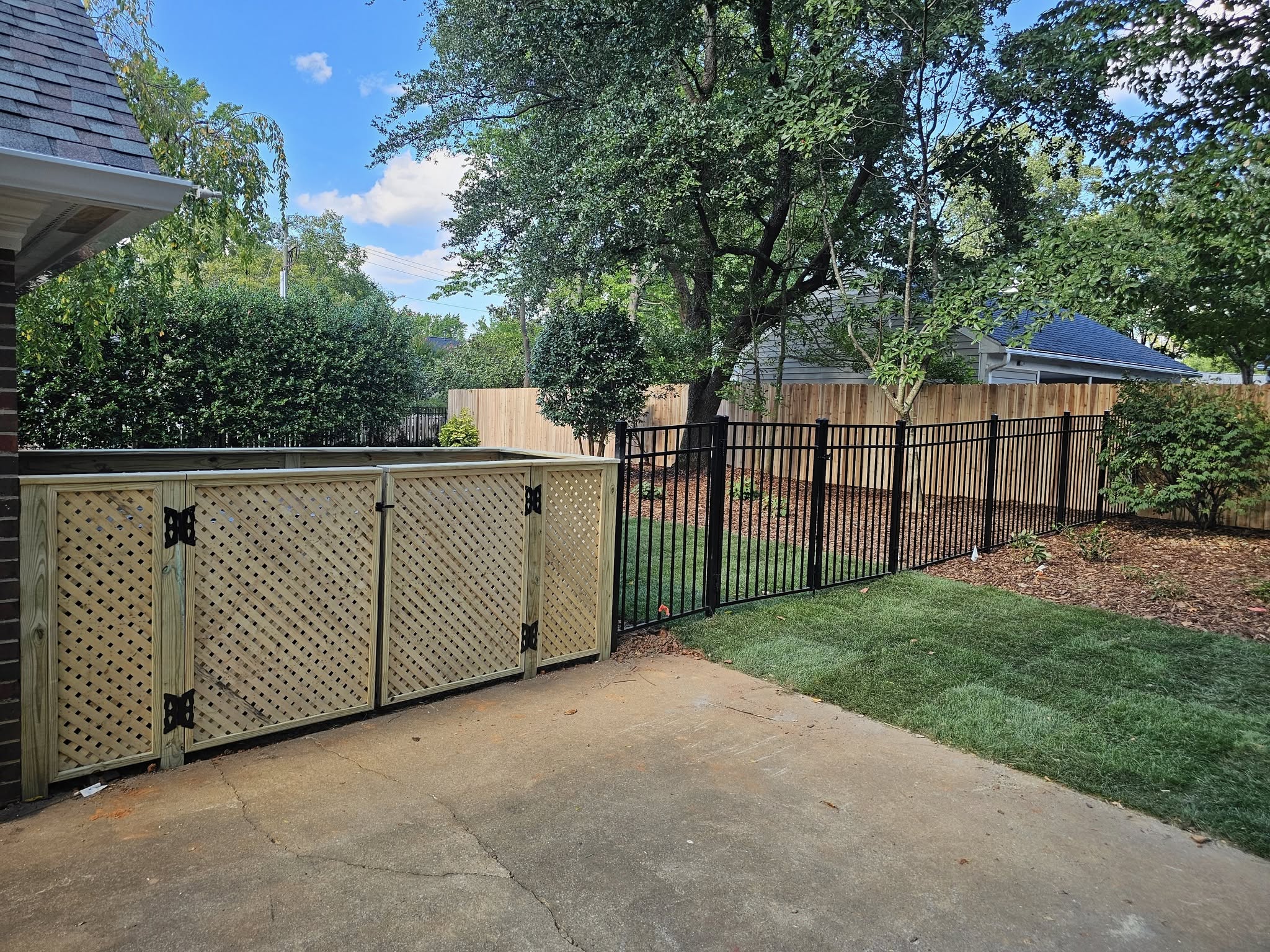
The Environmental Benefits of Choosing Sustainable Fencing Materials Oct 01, 2025
Sustainable fencing materials contribute significantly to reducing the carbon footprint associated with traditional fencing. Conventional fences, often made from materials like non-renewable metals or virgin plastics, require extensive natural resources and energy to produce. In contrast, sustainable materials such as bamboo, reclaimed wood, and recycled metal are harvested and manufactured with minimal environmental impact. Bamboo, for instance, is one of the fastest-growing plants, making it a highly renewable resource. This means less land and fewer resources are required for its production, resulting in a decrease in deforestation and habitat destruction.
One of the key benefits of sustainable fencing materials is their ability to promote biodiversity. Materials like living fences, which incorporate shrubs and plants, naturally blend into the landscape and provide habitats for local wildlife. This approach fosters ecological balance and supports the growth of native flora and fauna. Additionally, using natural materials minimizes soil degradation and promotes healthier ecosystems around your property.
Another compelling reason to choose sustainable fencing materials is their durability and low maintenance. Contrary to popular belief, environmentally friendly materials such as recycled metal and composite woods are often more resilient against weathering than traditional options. For example, composite wood, a blend of recycled plastic and wood fibers, is resistant to rot, pests, and moisture, making it a long-lasting choice. This durability reduces the frequency of repairs and replacements, ultimately lowering the demand for new resources.
Sustainable fences also have a positive impact on water conservation. Many conventional fences are treated with chemicals that can leach into the soil and contaminate water sources. Environmentally friendly options, however, typically use natural finishes and treatments that do not rely on harmful chemicals, ensuring the protection of local water supplies. By choosing eco-friendly fencing materials, homeowners can play an active role in preserving clean water resources.
Moreover, sustainable fencing solutions contribute to waste reduction. Using recycled materials reduces the amount of waste sent to landfills and promotes circular economy principles, where resources are reused and repurposed instead of discarded. Tru-Love Outdoor Services LLC prioritizes materials that can be easily recycled or composted at the end of their life cycle, further enhancing their environmental credentials.
For those looking to increase the energy efficiency of their homes, sustainable fencing can play a surprising role. Living fences and densely woven wooden fences can act as natural windbreakers, reducing heating costs in the colder months. They can also provide shade and cooling effects during hotter periods, contributing to a more energy-efficient home environment.
In conclusion, opting for sustainable fencing materials offers a range of environmental benefits that align with a commitment to eco-friendly living. From reducing carbon footprints and promoting biodiversity to enhancing durability and waste management, sustainable fences represent a conscious choice that benefits both homeowners and the planet. Tru-Love Outdoor Services LLC is proud to support clients in making environmentally responsible decisions without compromising on quality or aesthetics. As sustainability becomes an integral part of modern living, embracing eco-friendly fencing solutions promises a greener future for everyone.
/filters:no_upscale()/media/546Q4IXTZ9QL4Q0ZCN7HN2QD191LOJJZ1L94A2YB.jpeg)